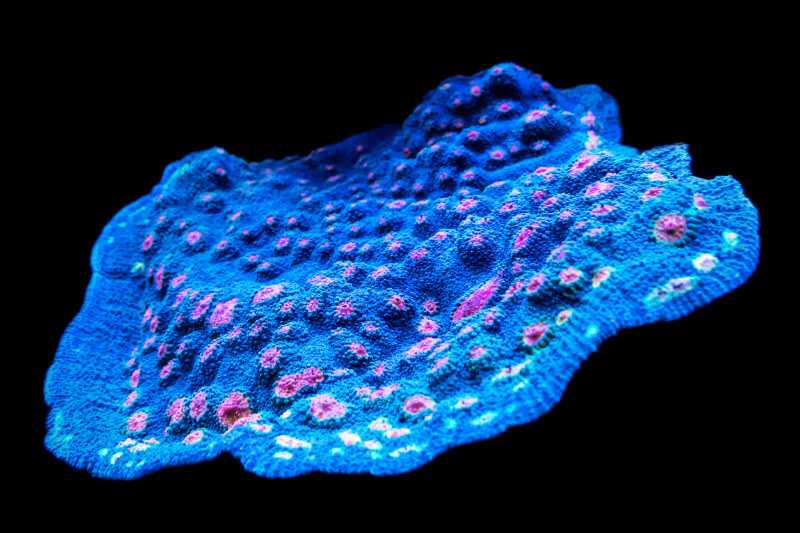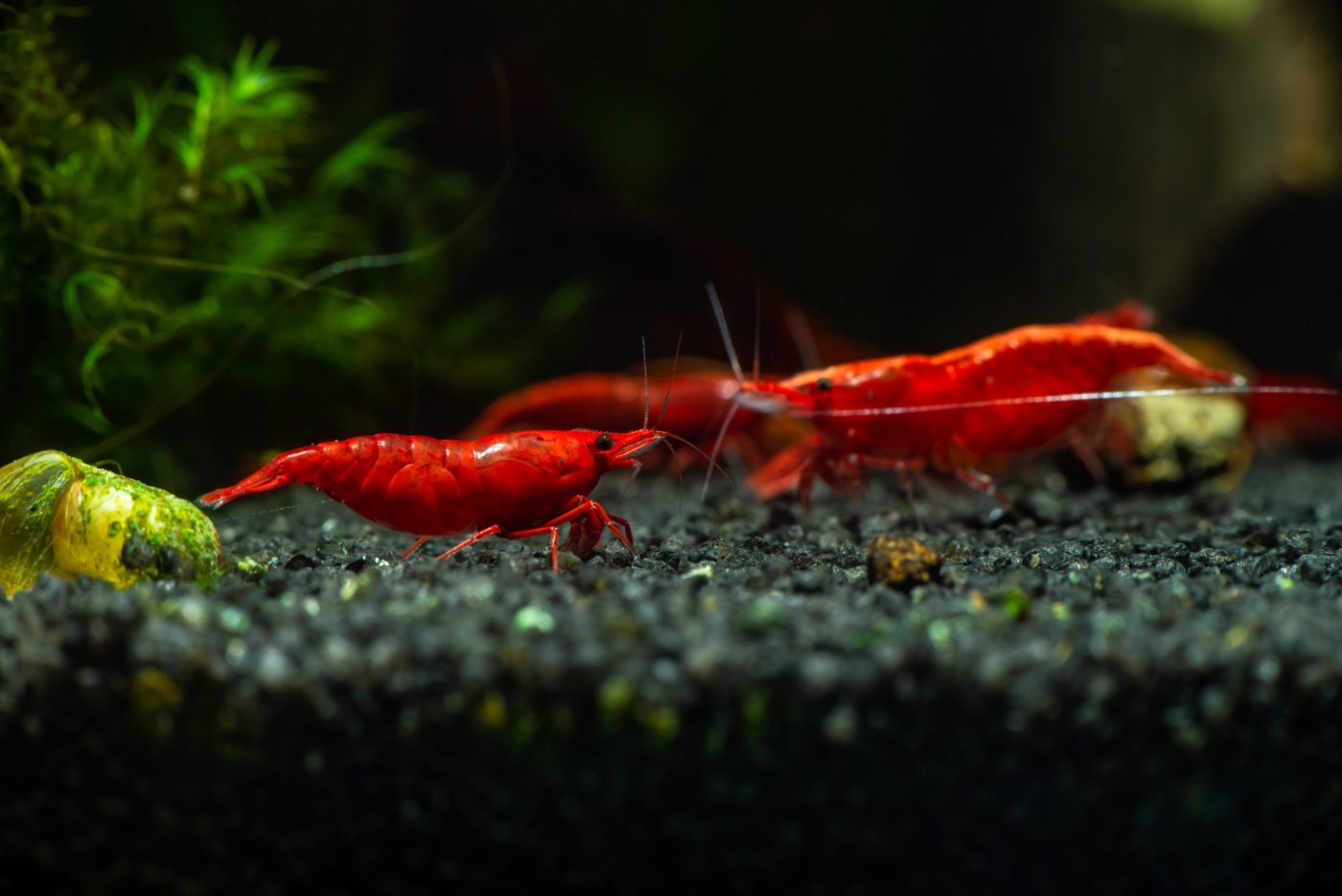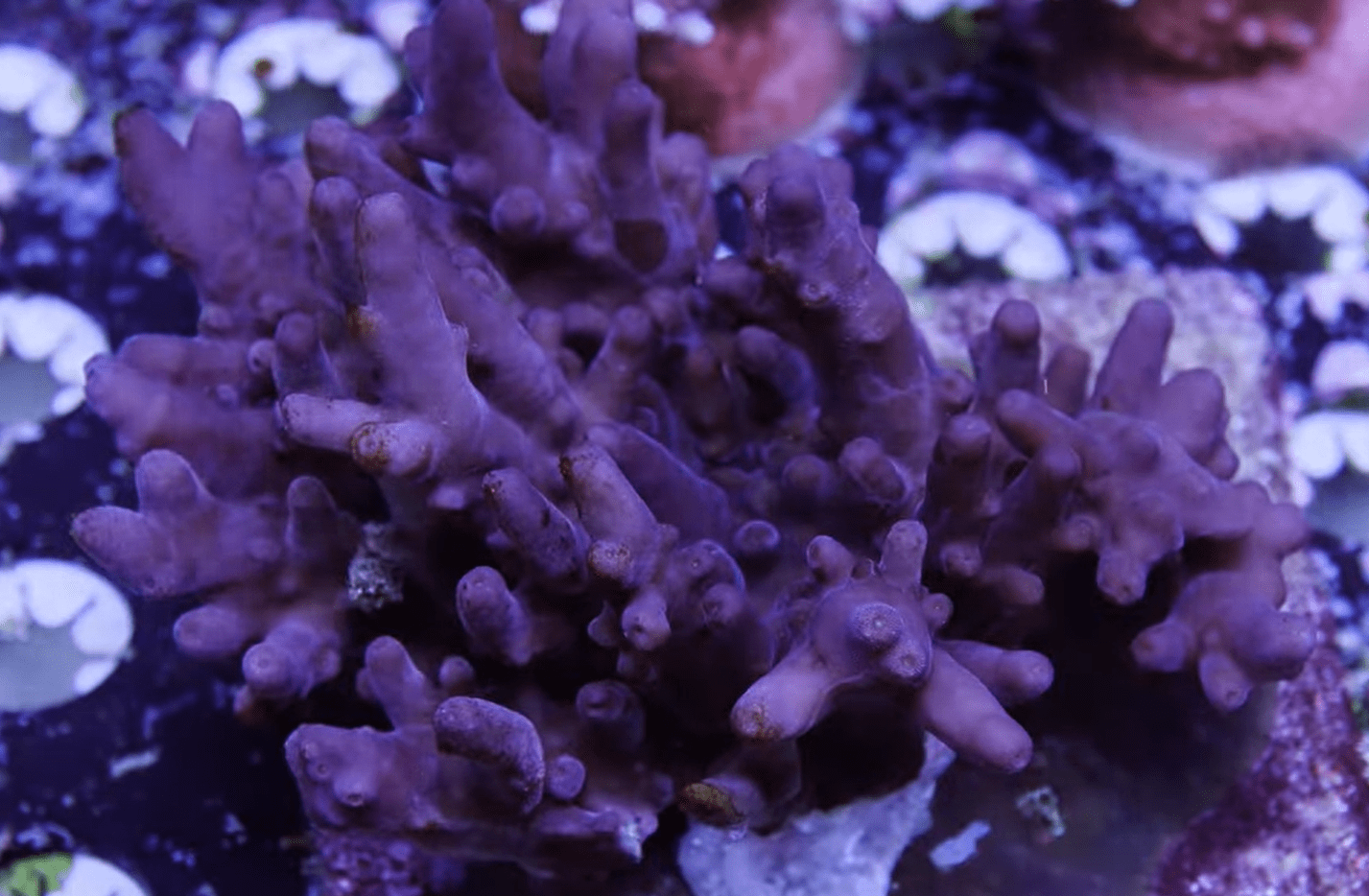The Duncan coral has always been a staple in the reef aquarium hobby. Despite not having really vibrant colors or any funky name, the Duncan coral still manages to find its way into almost every LFS, as well as the hearts of us reefers, from seasoned veterans to newbies who are dabbling into the hobby.
We can trace its steps back to Australia, where it originated from, and it remains one of the most classic and well-known corals in the hobby. Duncan corals have a stunning teal to green coloration on the polyps and even their skeleton, and generally have two growth patterns, one with shorter branches that appear to be “bushing; The other one has more pronounced long branches which are a bit more sought after.
The best thing is that Duncan corals are already widely cultured by hobbyists and farmers, making them very hardy and friendly to the wallet. The Duncan I was referring to all along is Duncanopsammia axifuga. So are there any other Duncan species out there? The answer is a definite yes. Introducing today’s special guest, Duncanopsammia peltata. Also known as the Pagoda Cup Coral.
There weren’t always two species of Duncans, at least not until the previous decade, roughly during the mid-2010s. As the Pagoda Cup coral wasn’t a “Duncan”, it was a coral from the genus Turbinaria. Turbinara peltata.
Pagoda Cup Coral In The Wild
Like any other coral, frags are not good at portraying how beautiful a coral really is as a colony in the wild. This species is a prime example, as I have seen the Pagoda Cup Coral in the wild and they are truly breathtaking. If only we can recreate this effect in the home aquarium.
Duncanopsammia peltata is usually found and thrives in shallow and sheltered areas with murky water, such as lagoons and bays. This might go to explain why they do best in aquariums with low flow. For growth patterns, this is an interesting part because they come in all shapes and sizes. Depending on location, the size of colonies can vary a lot.
When in reefs and coral communities, colonies are usually small to medium, ranging from a few corallites to medium-sized colonies which usually take up a bowl-shaped, laminar growth pattern with thick plates like Turbinaria. sp would.
This species still shares a lot of characteristics with Turbinaria. Both tend to have packed corallites forming the edge of the colony, while at the center the corallites get irregular and sparse. The corallites also seem to be facing sideways instead of perfectly upward. Each corallite also seems to form a “bump” on the skeleton.
Smaller colonies of both also tend to form the same “bowl” pattern and then on to different patterns when they get larger. But sometimes D. peltata would have “stalks” when the polyps are extended. Observe and compare.
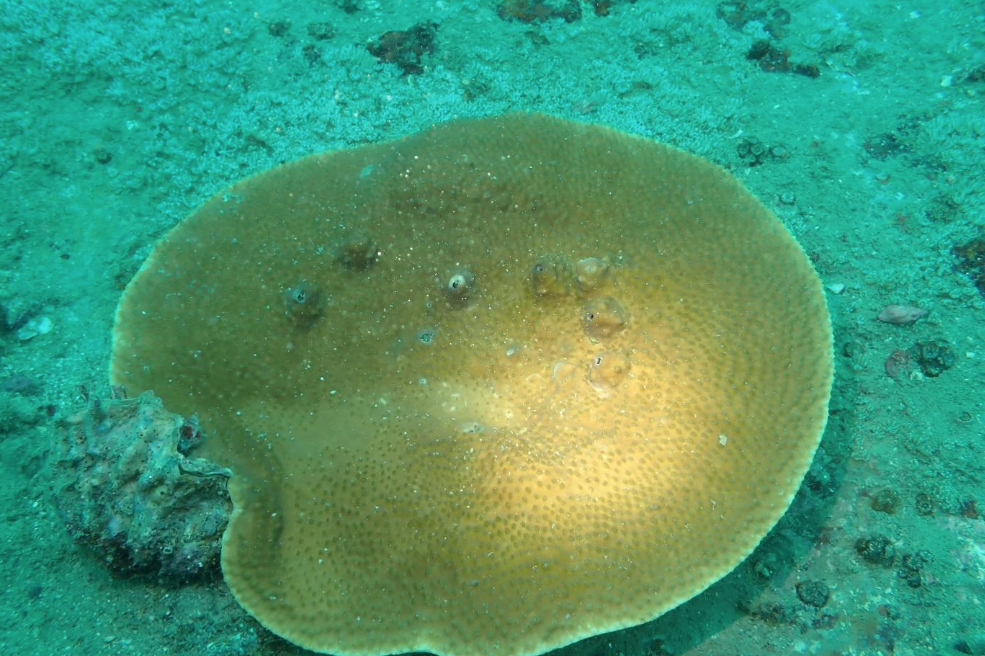
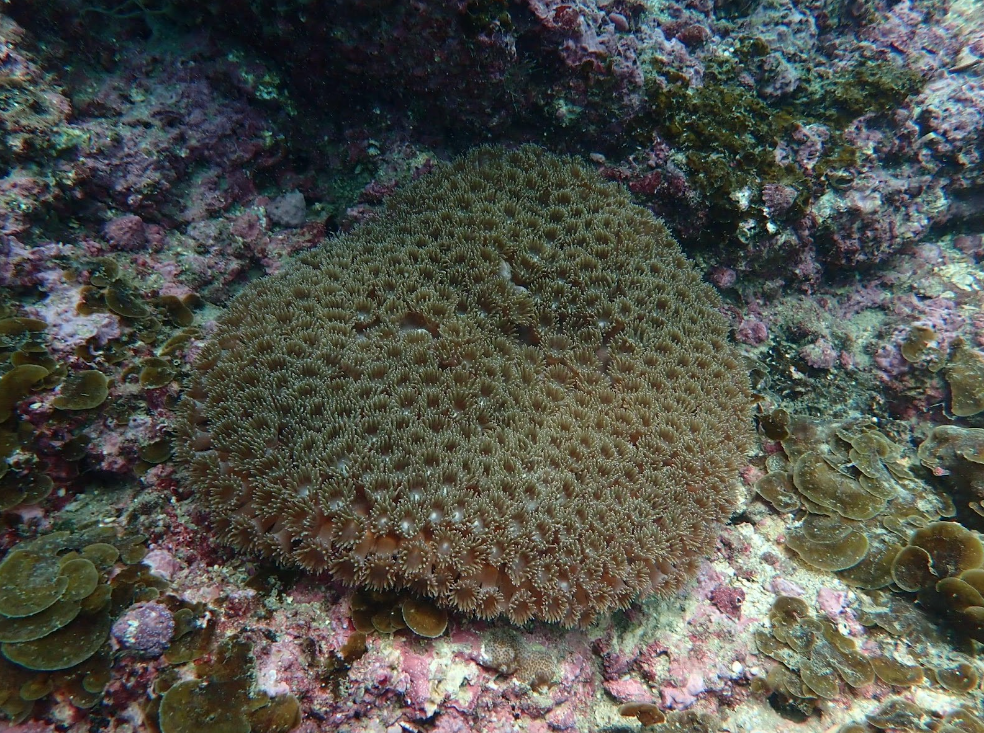
However, in places with less to no coral cover, in this case, sand flats. These corals can sometimes appear in huge colonies, so large they sometimes form their own little “reef” where an entire ecosystem is going on around it. These colonies, come in a mix of growth patterns from an encrusting pattern, forming a dome-shaped “base”, with laminar plates overlapping each other, while the center of the colony may have a foliaceous and columnar growth pattern that somewhat makes something similar to a crown, the polyps can sometimes be extremely flowy in which we can very rarely see this display in an aquarium.
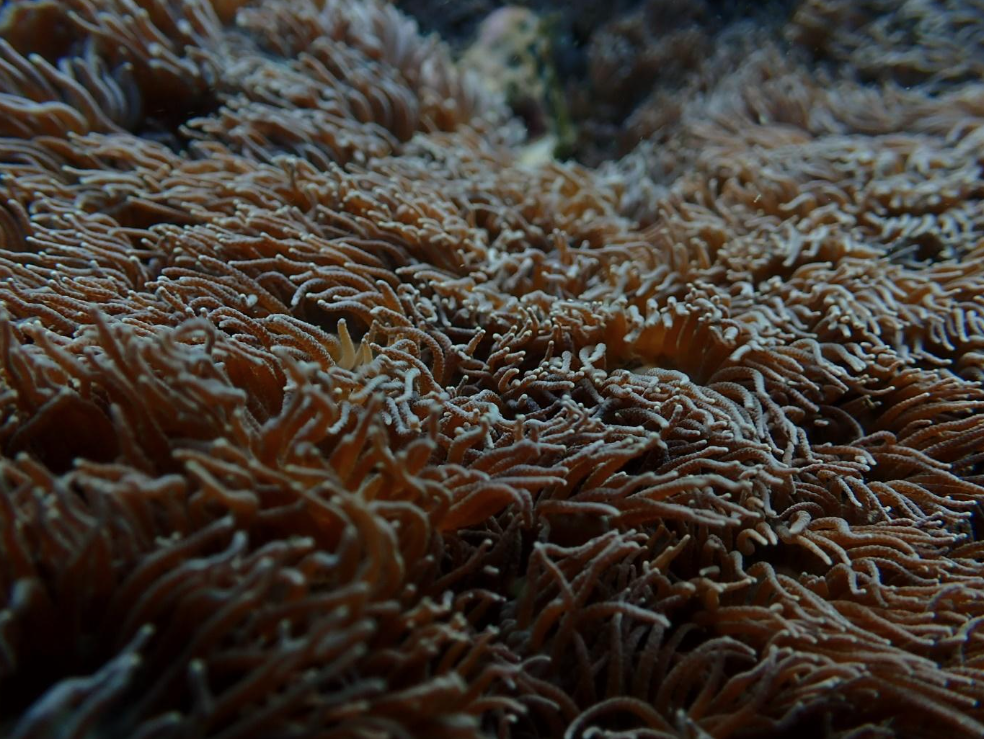
Pagoda Cup Coral Aquarium Care
These corals aren’t particularly well known, and for good reason. Especially when the hobby nowadays seemed to gravitate towards corals with catchy names and rainbow colors. Dull-colored corals like these are naturally left out of the crosshairs of most hobbyists, and LFS as well because no one is buying them.
They’re being sold under rather “boring” names like “Cup coral” or “Turbinaria. sp” did not help with that. Despite this, they still seem to find their way into the market and are often sold quite cheaply. In Australia, you can get small, palm-sized colonies of these for easy 25 AUD (16 USD), and aquacultured frags ranging from 10-15 AUD (6.65-9.97 USD).
No matter if they are in display tanks or stock tanks, they seem to almost always be placed at the bottommost part of the aquascape or in corners where it is dim and water flow is gentle, that’s where you can see their polyps fully extend and believe me, that’s a real sight to see. Although in a different genus, the care requirements of D. peltata are more or less the same if not very similar when compared to its more popular counterpart.
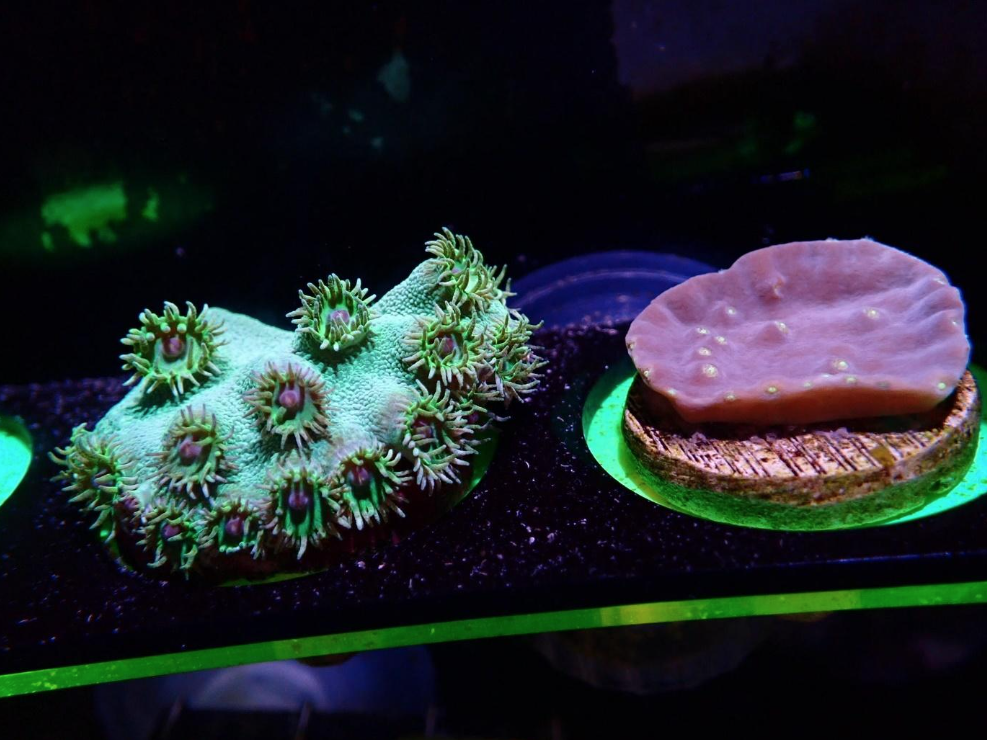
When it comes to care requirements, it is pretty straightforward. They can tolerate a wide range of water parameters, though it is always better to keep any coral in water that has lower nutrient levels, this species just happens to be able to live in slightly “dirty” water.
As far as water flow, they do prefer low to medium water flow because, in the wild, the places they are found are mostly sheltered areas with not a lot of flow, they seem to be quite tolerable of detritus on them, and in a lot of cases even buried!
In the wild I have seen colonies of these half buried in the sand, with only a few exposed corallites, and when I try to unearth some of the sand around it the buried tissue seemed to be perfectly fine. Again it is not advised to do this to the coral, this is how resilient some corals can be.
Probably the only thing I find that benefits these corals substantially is feeding, similar to its counterpart they are easy to feed as they seem to accept a wide range of food from powdered food slurries to frozen mysis and prepared foods. It can also grow pretty quickly under optimal environments, they tend to develop new corallites along the “edge” and will start to grow thick plates outwards to form a bowl, still, it is best to monitor and change the flow if need be and the coral grows as it is still not the best idea (and unsightly,) to see detritus trapped at the bottom of the “bowl”.
Duncanopsammia axifuga are not particularly aggressive corals, unlike those “war-mongering” corals like Galaxea. They do not have sweepers however they would retract their polyps and produce a considerable amount of slime whenever under stress or another coral happens to be bothering them, so this further reminds us to keep the flow up to blow off the slime and give ample space for it to grow out.
Duncanopsammia peltata is an underrated coral
This coral may not have the brightest look or the catchiest name, but I think it is an extremely cool and underrated piece to have in a reef tank, we really need more corals like these to be available in the hobby as the diversity of corals we see often is only a tiny fraction on what’s out in the ocean
So, who is this coral for? Because of it’s low price, hardiness, and overall very special appearance, I would say everyone, especially beginners or anyone who are on the lookout for weird but wonderful corals.
If you have a piece of D. axifuga in your tank, I encourage you to add a frag or if you can find one, a small colony of D. peltata as a sister piece, not only you would get a lot of attention on this cool looking coral, you will also have the complete collection of the genus Duncanopsammia.
About the author
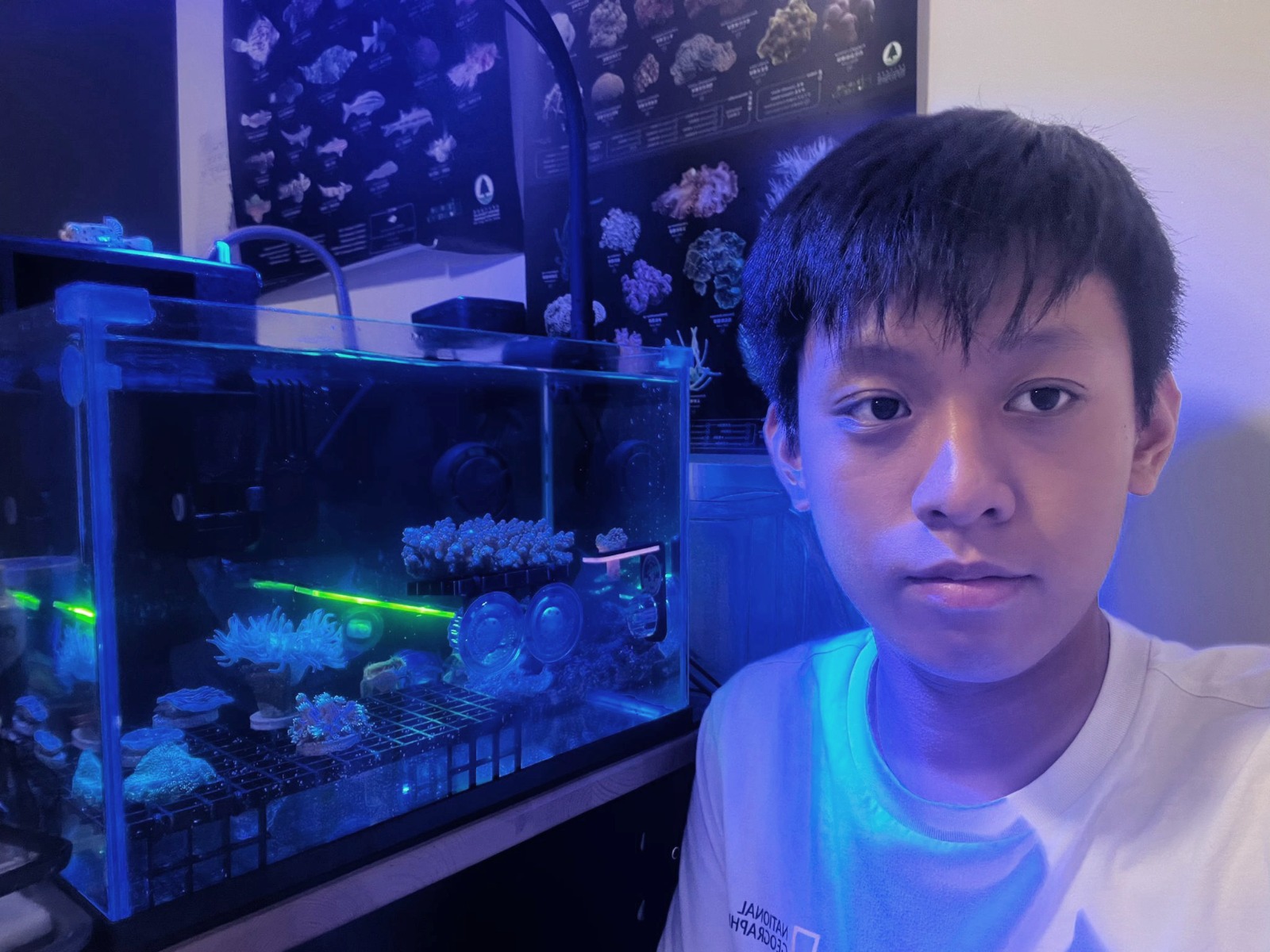
Chelmon Leung is a reef aquarium hobbyist and recreational diver based in Hong Kong and is currently studying in Australia for a Marine Science degree. He moved from freshwater aquariums to saltwater and reef aquariums in his late secondary school years and is now an advanced beginner to intermediate-level hobbyist.
He started scuba diving in 2023 because of his interest in marine life, specifically the marine ecosystem of his hometown and he has a morbid interest in oddball corals, weird fish, and other lesser-known aquarium livestock. He has an Instagram page dedicated to these topics and has undying passion and extreme optimism when exploring his favorite topics.

